
| Recorded by: Mark Basinger on 2025-11-07
Brunswick Co.
Comment: | 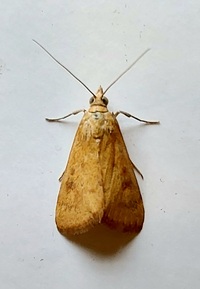
| Recorded by: Mark Basinger on 2025-08-24
Brunswick Co.
Comment: |
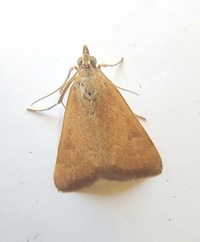
| Recorded by: Mark Basinger on 2025-07-22
Brunswick Co.
Comment: | 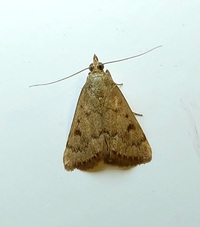
| Recorded by: Mark Basinger on 2025-07-21
Brunswick Co.
Comment: |

| Recorded by: Mark Basinger on 2025-06-02
Brunswick Co.
Comment: | 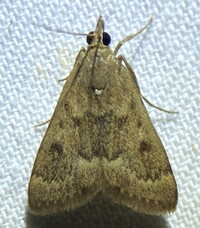
| Recorded by: Dean Furbish and Joy Wiggins on 2025-05-01
Pender Co.
Comment: |
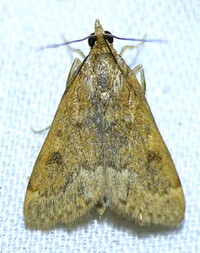
| Recorded by: Dean Furbish on 2025-04-29
Pender Co.
Comment: | 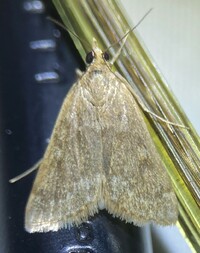
| Recorded by: Dean Furbish and Joy Wiggins on 2025-04-28
Pender Co.
Comment: |
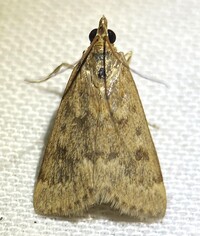
| Recorded by: Dean Furbish and Joy Wiggins on 2025-04-27
Pender Co.
Comment: | 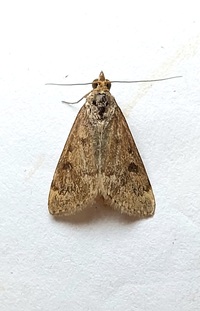
| Recorded by: Mark Basinger on 2025-04-24
Brunswick Co.
Comment: |
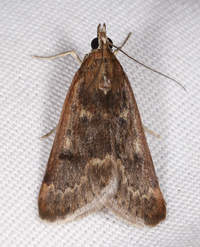
| Recorded by: John Petranka, Jim Petranka, Becky Elkin on 2025-04-14
Bladen Co.
Comment: | 
| Recorded by: R. Newman on 2024-12-09
Carteret Co.
Comment: |
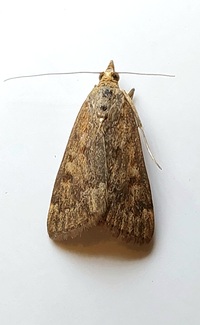
| Recorded by: Mark Basinger on 2024-08-31
Brunswick Co.
Comment: | 
| Recorded by: Michael P. Morales on 2024-08-29
Cumberland Co.
Comment: |
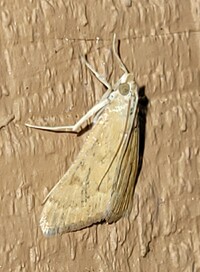
| Recorded by: Michael P. Morales on 2024-08-29
Cumberland Co.
Comment: | 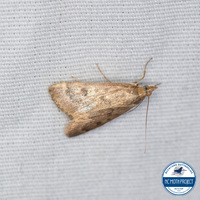
| Recorded by: Lior S. Carlson, Dean Furbish on 2024-08-13
Pamlico Co.
Comment: |

| Recorded by: Dean Furbish, Lior S. Carlson on 2024-08-12
Pamlico Co.
Comment: | 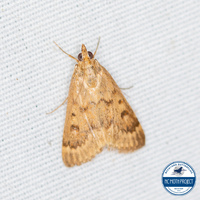
| Recorded by: Dean Furbish, Lior S. Carlson on 2024-08-12
Pamlico Co.
Comment: |
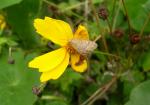
| Recorded by: R. Newman on 2024-08-09
Carteret Co.
Comment: | 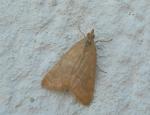
| Recorded by: R. Newman on 2024-07-11
Carteret Co.
Comment: |

| Recorded by: Hunter Phillips on 2024-06-21
Onslow Co.
Comment: | 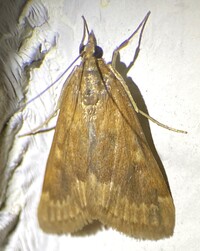
| Recorded by: Dean Furbish on 2024-06-07
Wake Co.
Comment: |
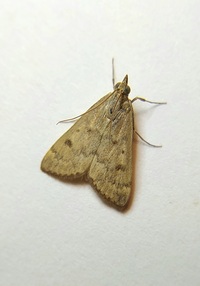
| Recorded by: Mark Basinger on 2024-05-25
Brunswick Co.
Comment: | 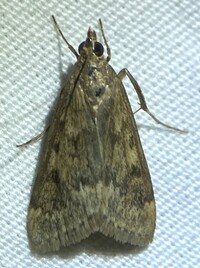
| Recorded by: Dean Furbish on 2024-05-09
Pender Co.
Comment: |
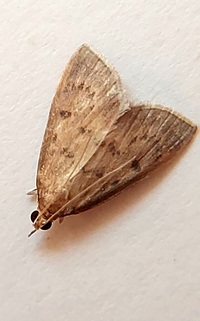
| Recorded by: Mark Basinger on 2024-04-28
Brunswick Co.
Comment: | 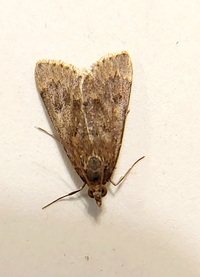
| Recorded by: Mark Basinger on 2024-04-21
Brunswick Co.
Comment: |
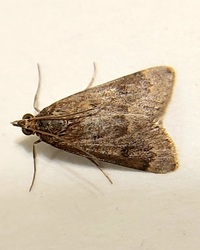
| Recorded by: Mark Basinger on 2024-04-21
Brunswick Co.
Comment: | 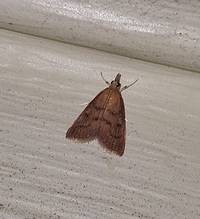
| Recorded by: Mark Basinger on 2023-09-30
Brunswick Co.
Comment: |
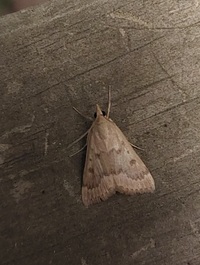
| Recorded by: Mark Basinger on 2023-09-03
Brunswick Co.
Comment: | 
| Recorded by: Mark Basinger on 2023-08-18
Brunswick Co.
Comment: |
|

 »
»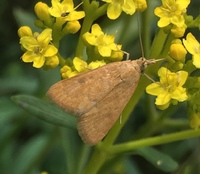
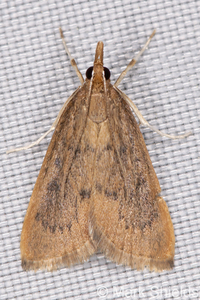
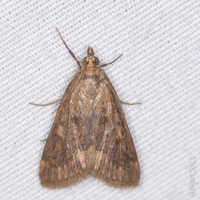


 »
»


